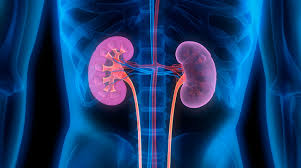NEWS DETAIL
Seek the TRUTH of Life
The key to early detection
The combined power of urine chemistry and cellular analysis reports is supportive to early detection. However, the cells and particles may hold the key to early detection. Three such situations are UTI screening and detection, early renal disease detection, and bladder cancer.
• UTIs: There is a need for rapid screening for outpatients admitted through the ER, screening needs a rapid and sensitive method to detect bacteria, something urine cultures and urine chemistries will not be able to detect. Urine cultures take 24 to 48 hours; urine chemistry cannot detect all bacteria, leaving only cellular analysis to detect all bacteria quickly but manual procedures cannot cope with the quantity of tests such screening would entail. The only option is fully automated urine particle analyzers.
• Renal disease: With diabetes on the rise, the need for early detection of renal impairment that can lead to chronic kidney disease is critical. In addition to creatinine and microalbumin tests, accurate detection of microhematuria (rare or few RBC) through cellular analysis can be critical for physicians. In acute kidney injury, renal epithelial cells (REC) can be shed into the tubular lumen and detected, white blood cells (infection), REC casts, and granular casts can be quantified in low levels with automated urine particle analyzers.
• Bladder Cancer: One of the earliest tests to detect bladder cancer is detection of RBC in urine sediment. The ability to quantify low end RBC/hpf for physicians may be critical to catching this disease early, when treatment is most successful. Only automated urine particle analyzers have the level of sensitivity and specificity needed to differentiate at low levels.
The patient's urine examination graphic report and urine biochemical quantitative test results obtained through COBIO automatic urine analyzer provide clinicians with a more systematic and comprehensive analysis of the patient's kidney function status, enabling early diagnosis and early treatment.
